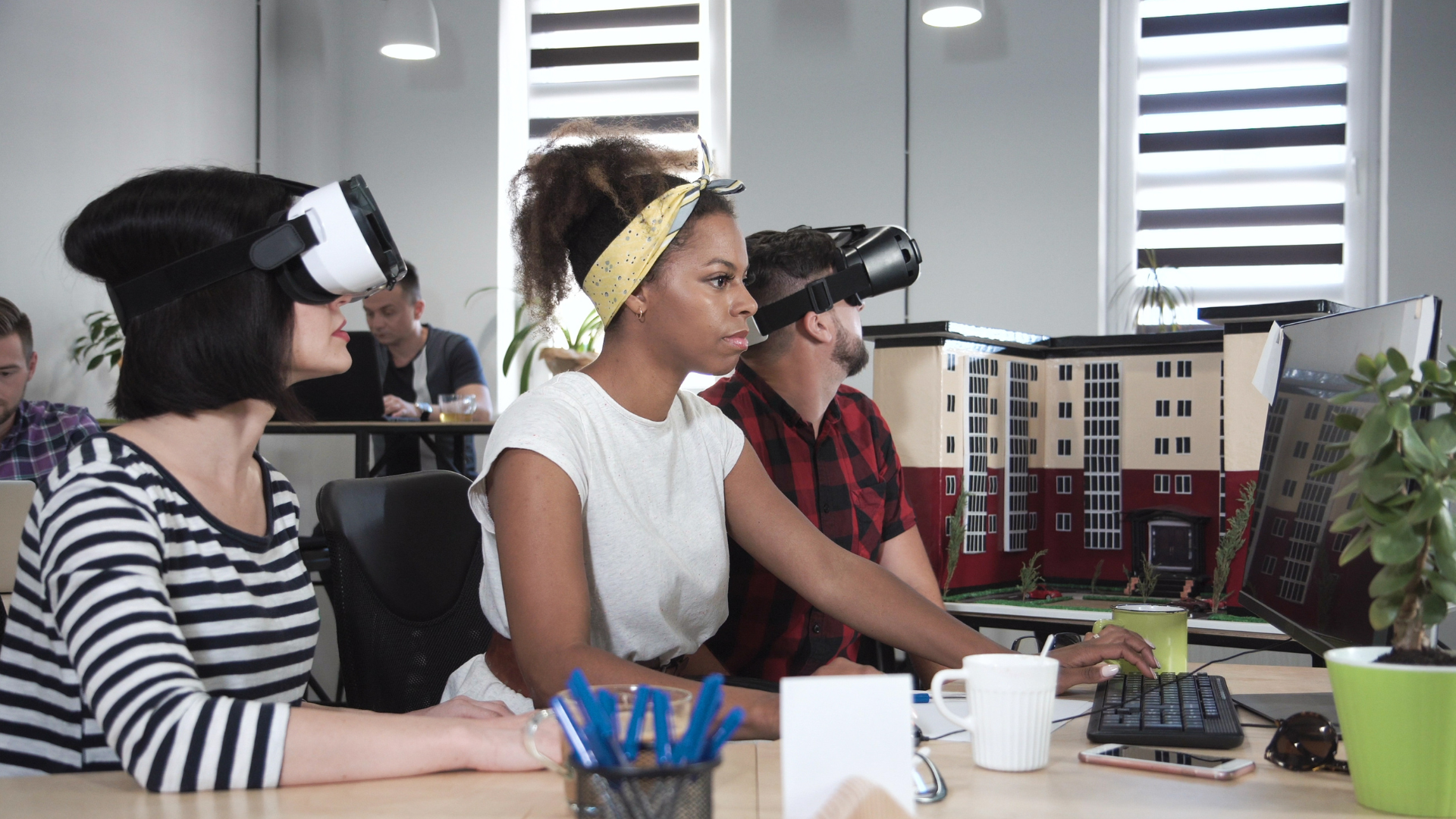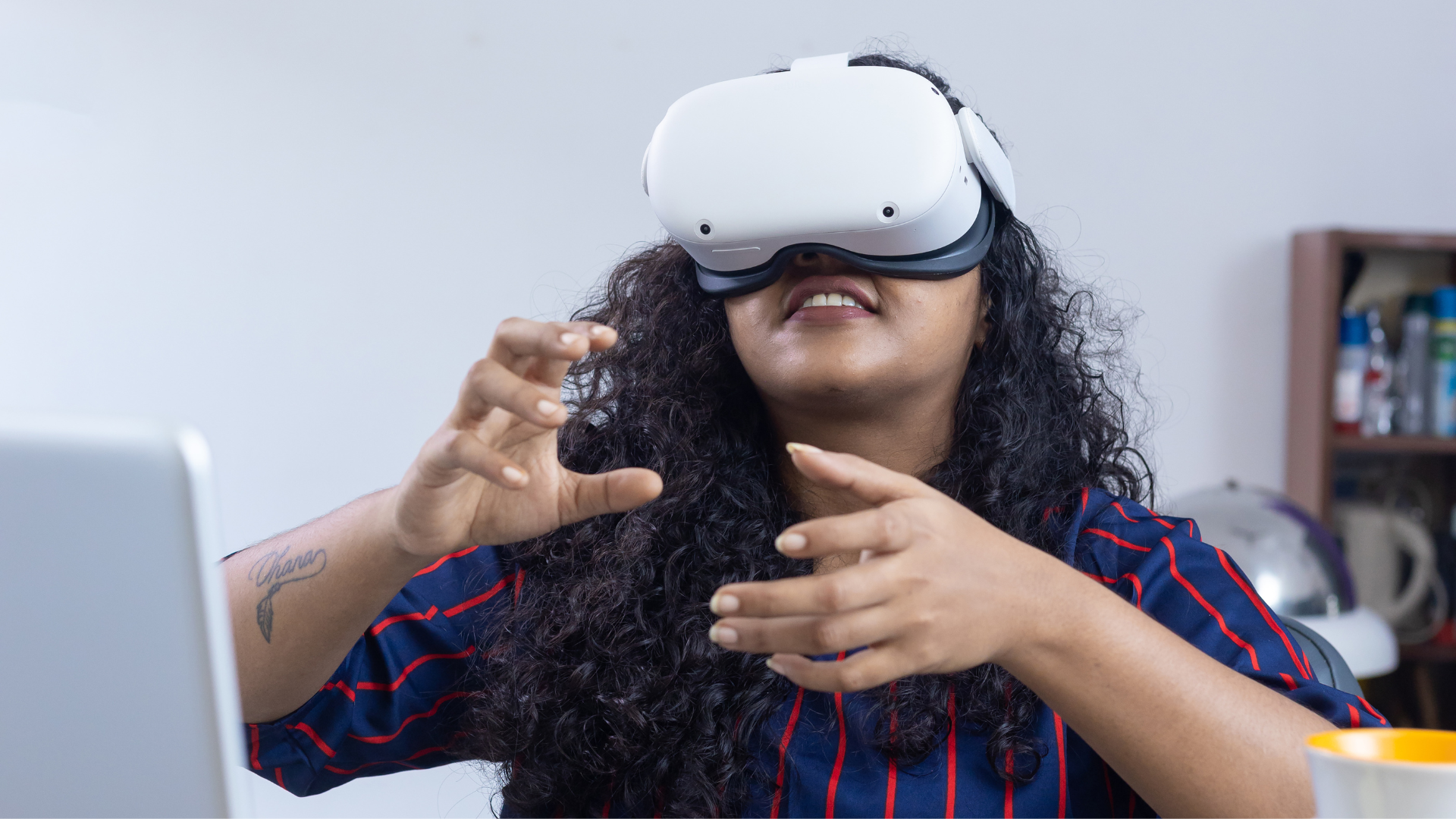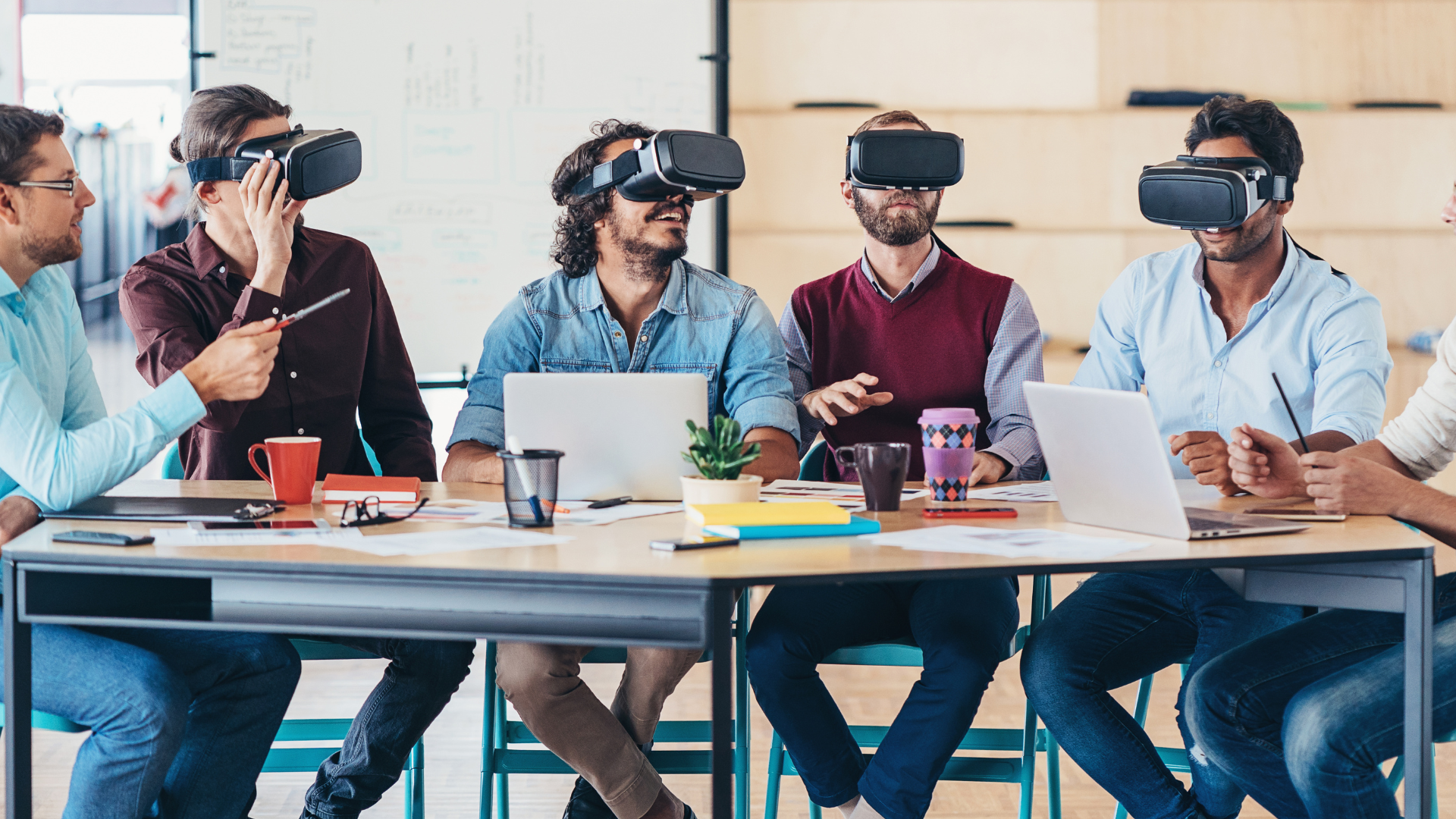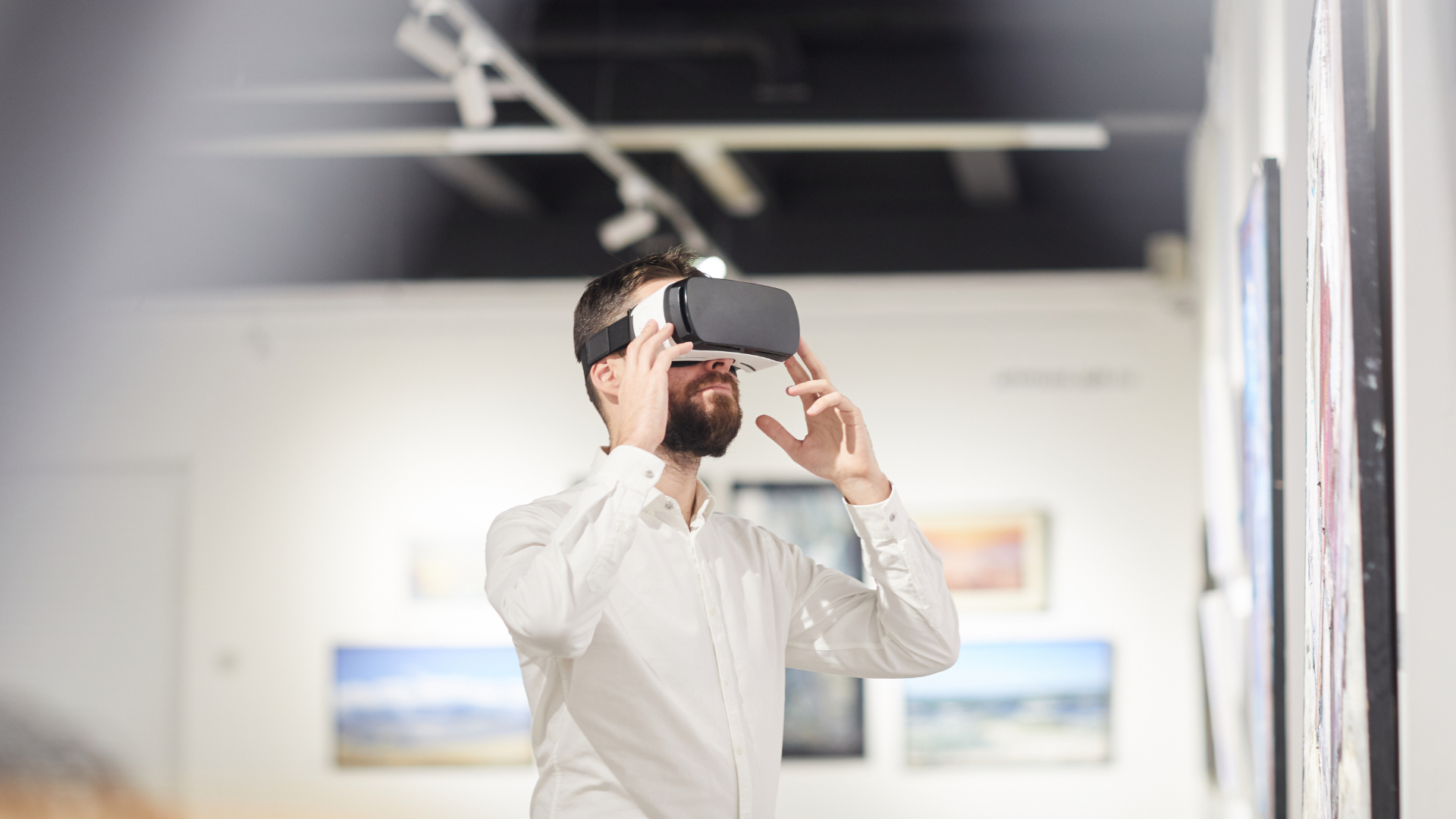Future of work series: Diversity and Inclusion in the workplace Metaverse
Virtual reality (VR) is rapidly transforming the way we work, offering new opportunities for collaboration and innovation. As the use of VR in the workplace grows, it's essential that we prioritize diversity and inclusion in this new virtual space.

Virtual reality (VR) is rapidly transforming the way we work, offering new opportunities for collaboration and innovation. As the use of VR in the workplace grows, it's essential that we prioritize diversity and inclusion in this new virtual space.
Let's explore the importance of diversity and inclusion in the metaverse, and how we can work to create an inclusive and welcoming virtual workplace.
- Accessible Technology: The first step towards creating an inclusive metaverse is ensuring that the technology is accessible to everyone. This means designing VR experiences that are accessible to individuals with disabilities, such as providing alternative input methods and ensuring that virtual environments are wheelchair accessible.
- Representation: In the metaverse, it's essential that we strive for representation that reflects the diversity of our real-world communities. This means designing avatars that can be customized to represent different races, genders, abilities, and body types. It also means creating virtual environments that celebrate and recognize cultural diversity. Letting people express who they are using self made avatars like Ready Player Me is perfect for work placed metaverses.
- Inclusive Design: Inclusive design is about designing with the needs of all users in mind, including those who are traditionally marginalized or excluded. In the metaverse, this means designing virtual environments that are accessible and welcoming to all users, regardless of their background or identity.
- Safe Spaces: In the metaverse, it's important to create safe spaces where people can work and collaborate without fear of harassment or discrimination. This means setting clear standards of behavior and taking swift action to address any instances of harassment or discrimination. Moderation and self policing is essential for the workplace metaverse, as in real life.
- Training and Education: As with any new technology, it's important to provide training and education to ensure that all users are able to use the metaverse effectively and respectfully. This can include training on inclusive design, cultural sensitivity, and best practices for virtual collaboration.
Creating an inclusive and welcoming metaverse is not only the right thing to do, it's also good for business. Studies have shown that diverse and inclusive workplaces are more innovative and productive, and are better able to attract and retain top talent.
In conclusion, the metaverse presents a unique opportunity to create a more inclusive and diverse workplace. By prioritizing accessibility, representation, inclusive design, safe spaces, and education, we can work to ensure that the virtual workplace is welcoming and empowering for all users. As the use of VR in the workplace continues to grow, let's make sure we're building a metaverse that reflects the best of our real-world communities.
Other articles in our Future Of Work Series:











